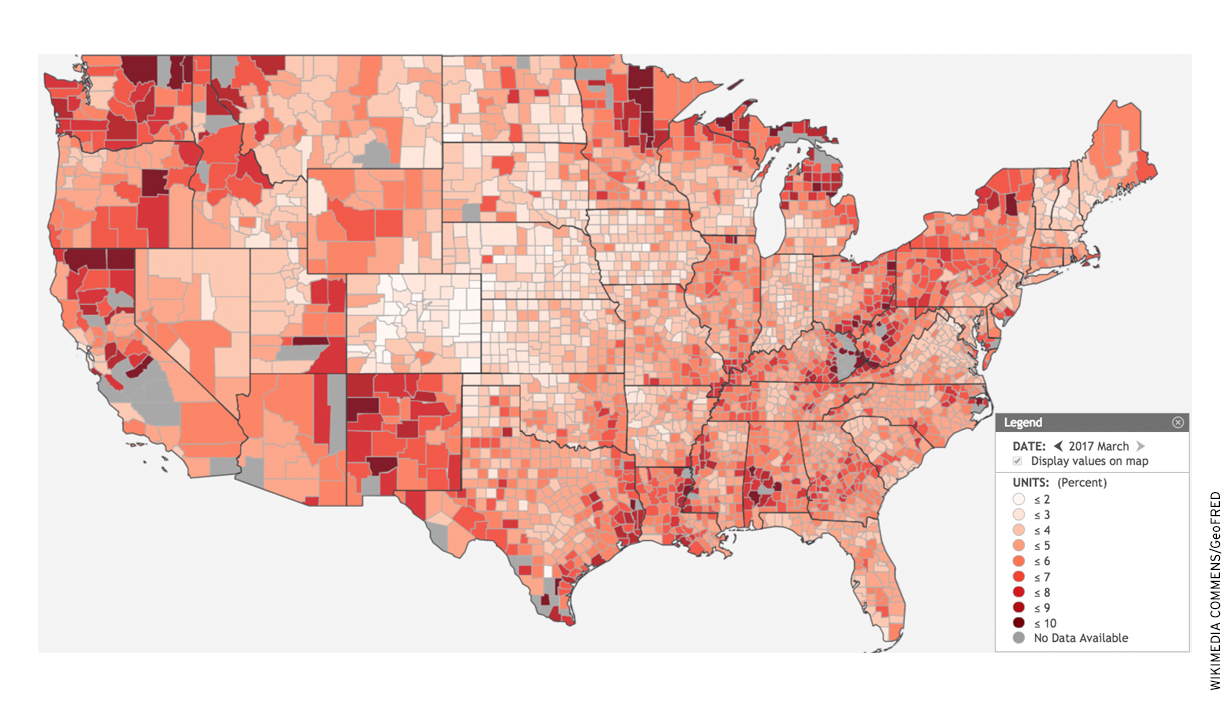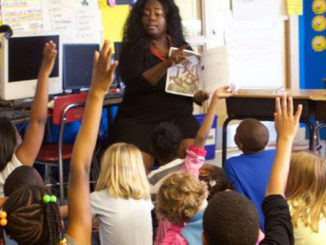
b
How can quality K-12 schools improve a state’s economy?
Many people—including elected officials—don’t automatically make the connection between these two issues, though economic health and education are both top of mind for voters across the country, including those participating in this fall’s 36 gubernatorial races.
The reality is that education and the economy are inextricably linked. In addition to the paramount goal of preparing students for a lifetime of opportunity, quality schools create a skilled workforce, which in turn leads to a strong economy.
Increasingly, researchers are producing significant evidence and quantifying this dynamic, and candidates—along with the rest of us—would do well to study their results.
The work of Eric Hanushek, a leader in the economic analysis of how quality K-12 schools improve state economies, is a good place to start. His research finds:
• The quality of a state’s workforce, its “knowledge capital,” is connected to a state’s successful economy and is important when explaining income differences.
• Improving school quality through incentive-based approaches, including charter schools, develops a state’s knowledge capital and brings significant long-term economic gains to a state’s citizens.

The Knowledge Capital of States
The conventional approach linking educational performance to a state’s economic development focuses on school attainment: measuring the quantity or average years of schooling an individual receives. School attainment in years, however, is not a true measure of cognitive skill attainment, which measures the quality of an individual’s skills.
Hanushek and colleagues combine both measures—attainment and cognitive skill development—to construct a new measure they call the knowledge capital of states that includes individual differences in labor market skills and how they advance or inhibit state economic growth.
Knowledge capital combines state-by-state mathematics test scores from the National Assessment of Educational Progress (NAEP), also known as the Nation’s Report Card, and international achievement test scores to develop an analysis of just how skilled workers are in each state. Data from other sources are added, including other test data, census data on state-to-state worker migration, and foreign worker immigration to the United States, producing a broad measure of a state’s knowledge capital.
Economic Returns on K-12 School Improvement
Hanushek and colleagues look at gross domestic product growth from 1970 to 2010, correlating that with the average knowledge capital of a state’s workers as of 1970 and adjusting for additional worker skill and GDP factors.
They find a strong relationship between knowledge capital and economic growth, though not a perfect one. While this correlation does not imply a causal link, their additional analysis concludes, “…a causal interpretation of the relationship is credible.”
Their study of the importance of knowledge capital for state economic prosperity leads them to conclude that it accounts for 20 to 35 percent in per capita GDP variation among states—a financial “growth dividend.”
This conclusion is consistent with other investigations on the relationship between education quality and international economic performance across 50 countries.
On a policy level, Hanushek argues that incentive-based approaches to K-12 reform are the best avenue to improve school quality and economic growth. These include effective accountability, choice and competition, and direct rewards to educators and schools for good performance.
Pursuing these approaches and putting the needs of students first, even when they butt up against the education bureaucracy, produces knowledge capital—in short, workers entering the labor market with better skills. This requires sustained commitment by state political leaders. There are actual economic costs to not doing this.
Charter Schools as an Improvement Policy
How do charter schools figure into this?
Today, these schools are the most prominent example of choice and competition in K-12 education. Studies from top academics demonstrate a consistent pattern when examining charter school impact on school quality and student outcomes.
Sarah Cohodes, Faculty Research Fellow at the National Bureau of Economic Research, summarized much of this analysis and found:
• A subgroup of charter schools—urban charters in numerous cities that have a “high expectations, high support” approach—has significant test score gains for students of color and students from low-income communities. In addition, students attending charters in Florida and Texas were more likely to graduate high school, attend and persist in college and earn more in their career.
• High-quality charter models and practices can be adopted by traditional district schools to improve their effectiveness.
• Charter competition is good for district public schools because students in district schools close to charters experience either no negative effects or small competitive achievement effects from charter schools.
Cohodes suggests that replicating charter-based practices from that sector’s most effective schools have the potential for “large scale impacts in U.S. schools.”
Going Forward
A governor’s efforts to improve a state’s economy must include strengthening K-12 school quality. Giving more children access to a high-quality education and the myriad of opportunities that come with it is simply the right thing to do.
More than that, strengthening K12 schools produces a growth dividend that increases a state’s knowledge capital. Charter schools can make a key contribution to this growth dividend.
Over the long term, these efforts build a knowledge capital dividend that will improve a state’s economy and the livelihoods of those who live in it.
Bruno V. Manno is Senior Advisor for K – 12 Education Reform with the Walton Family Foundation.



